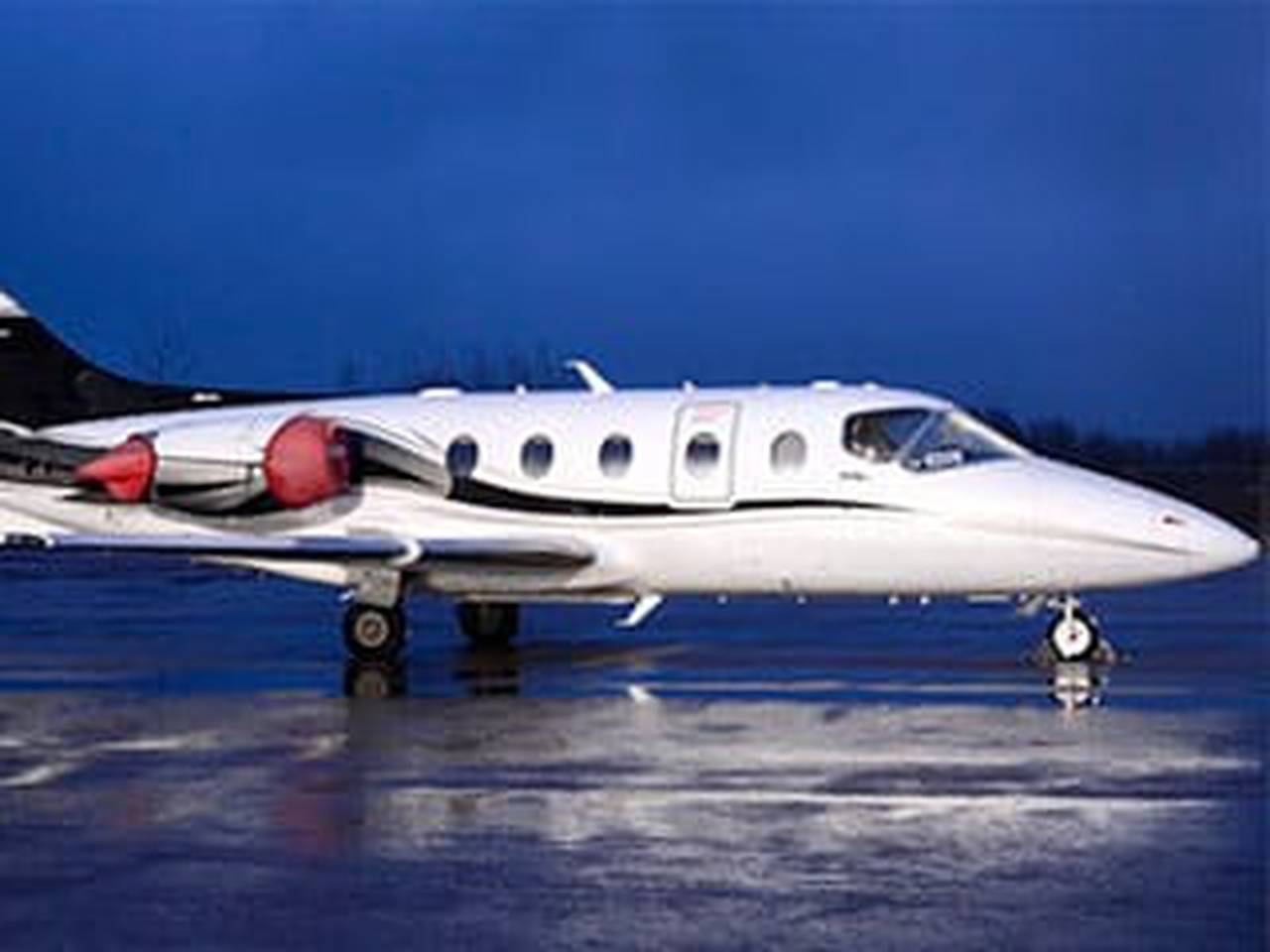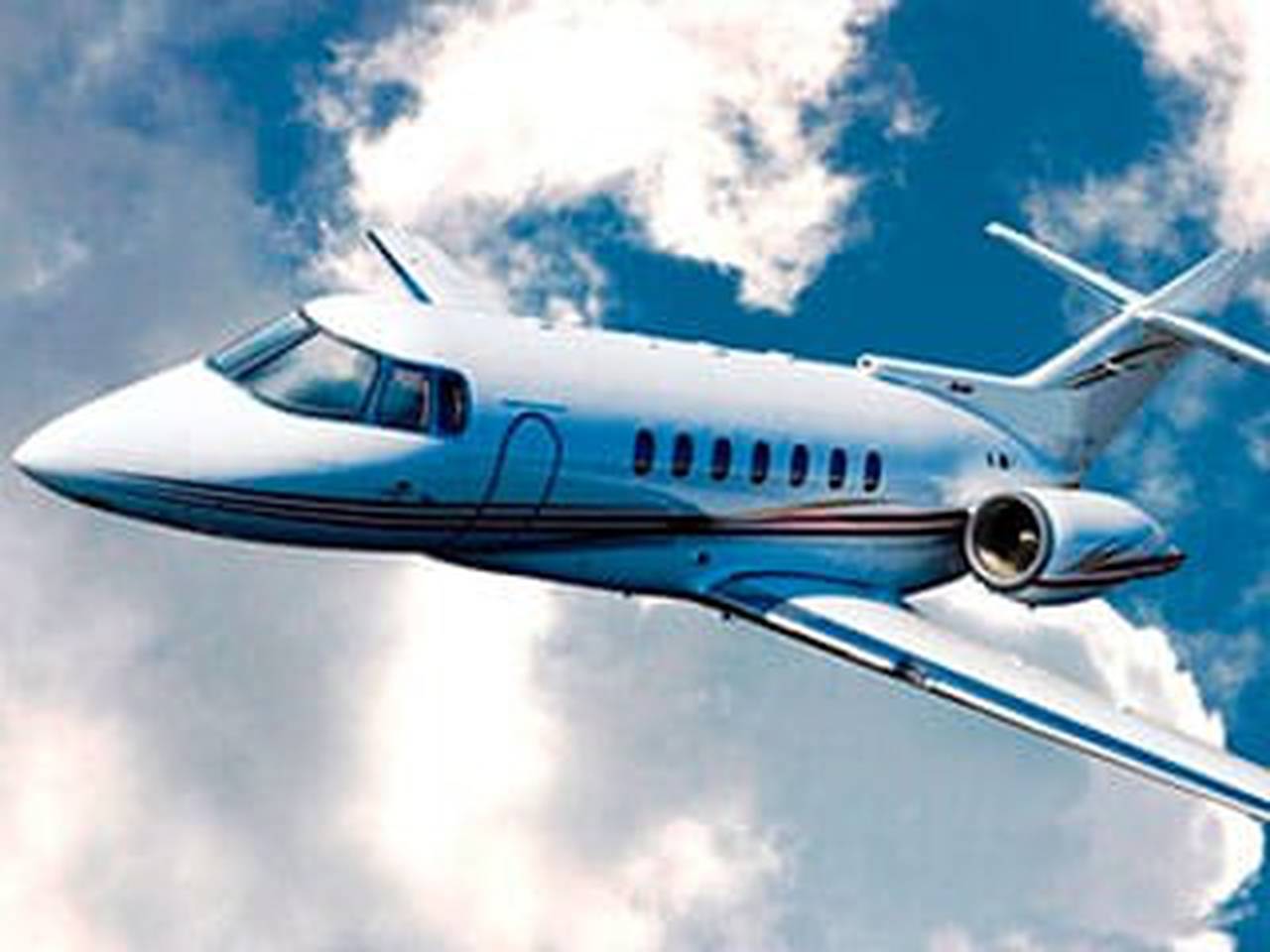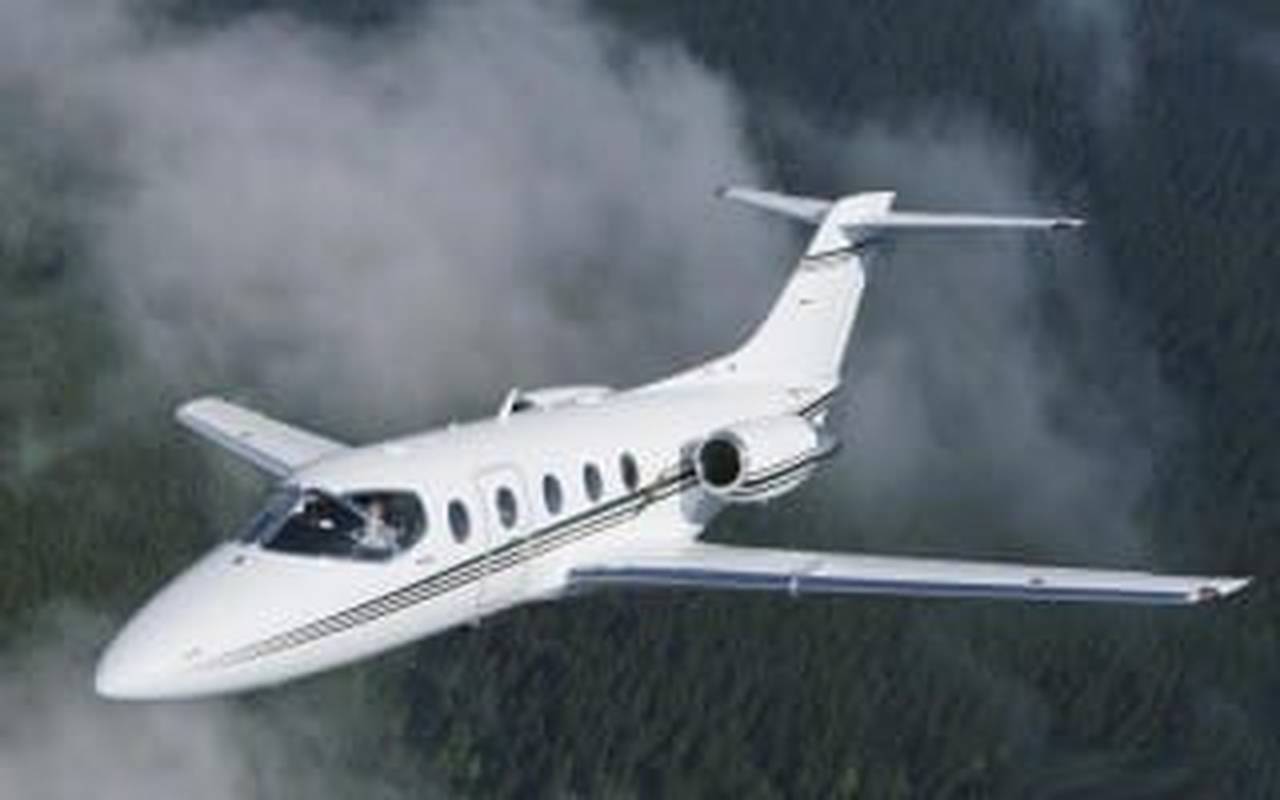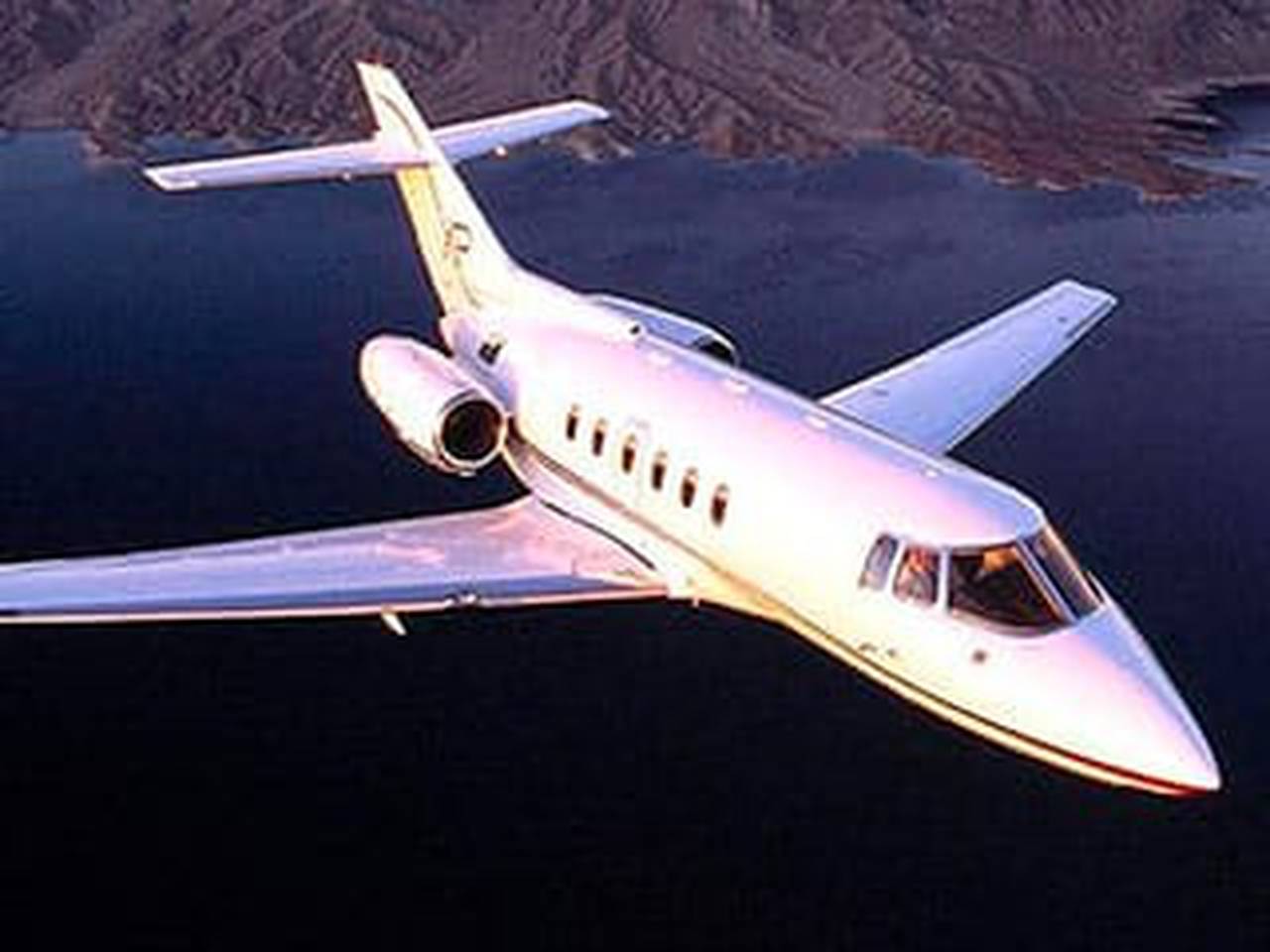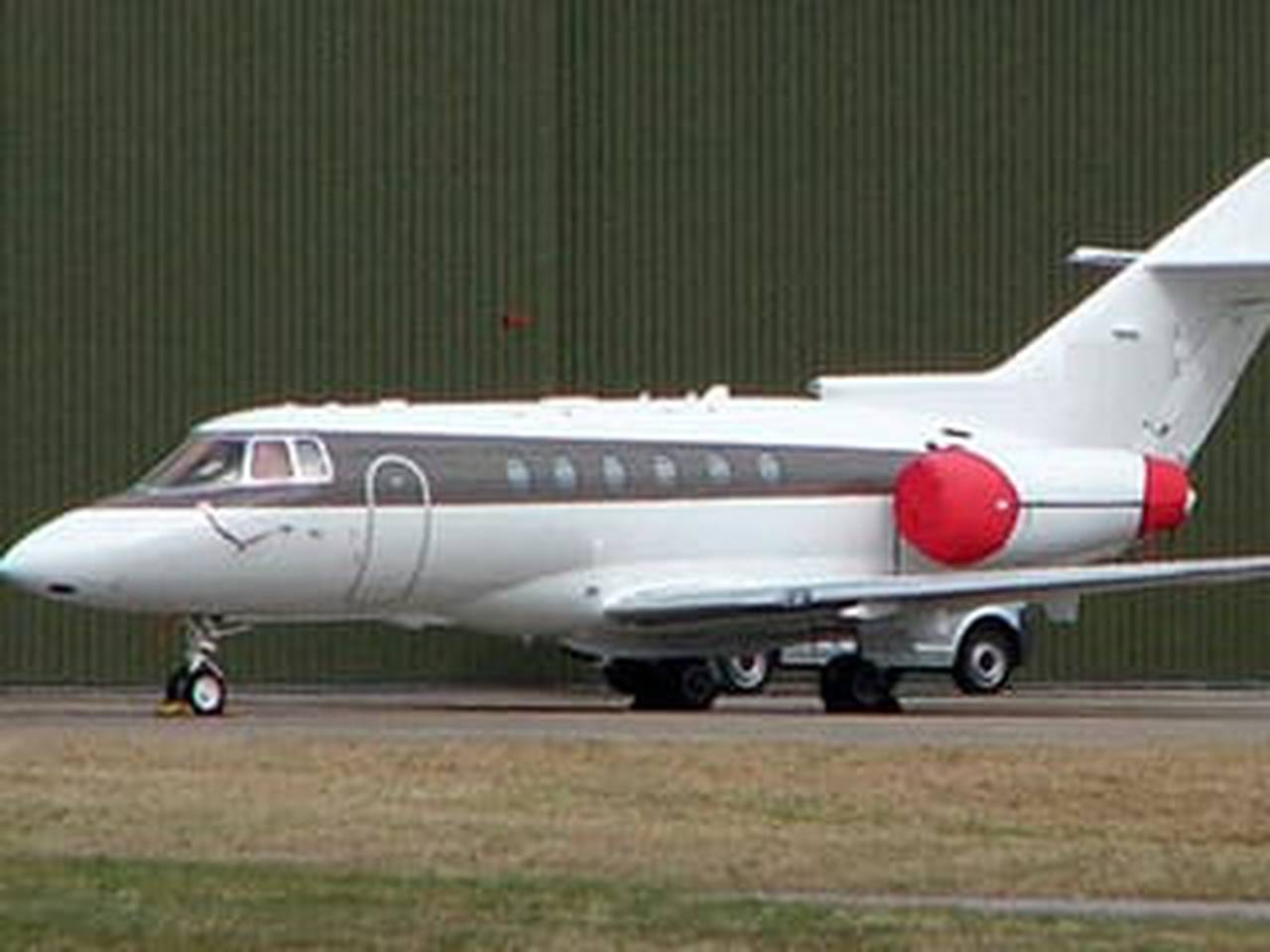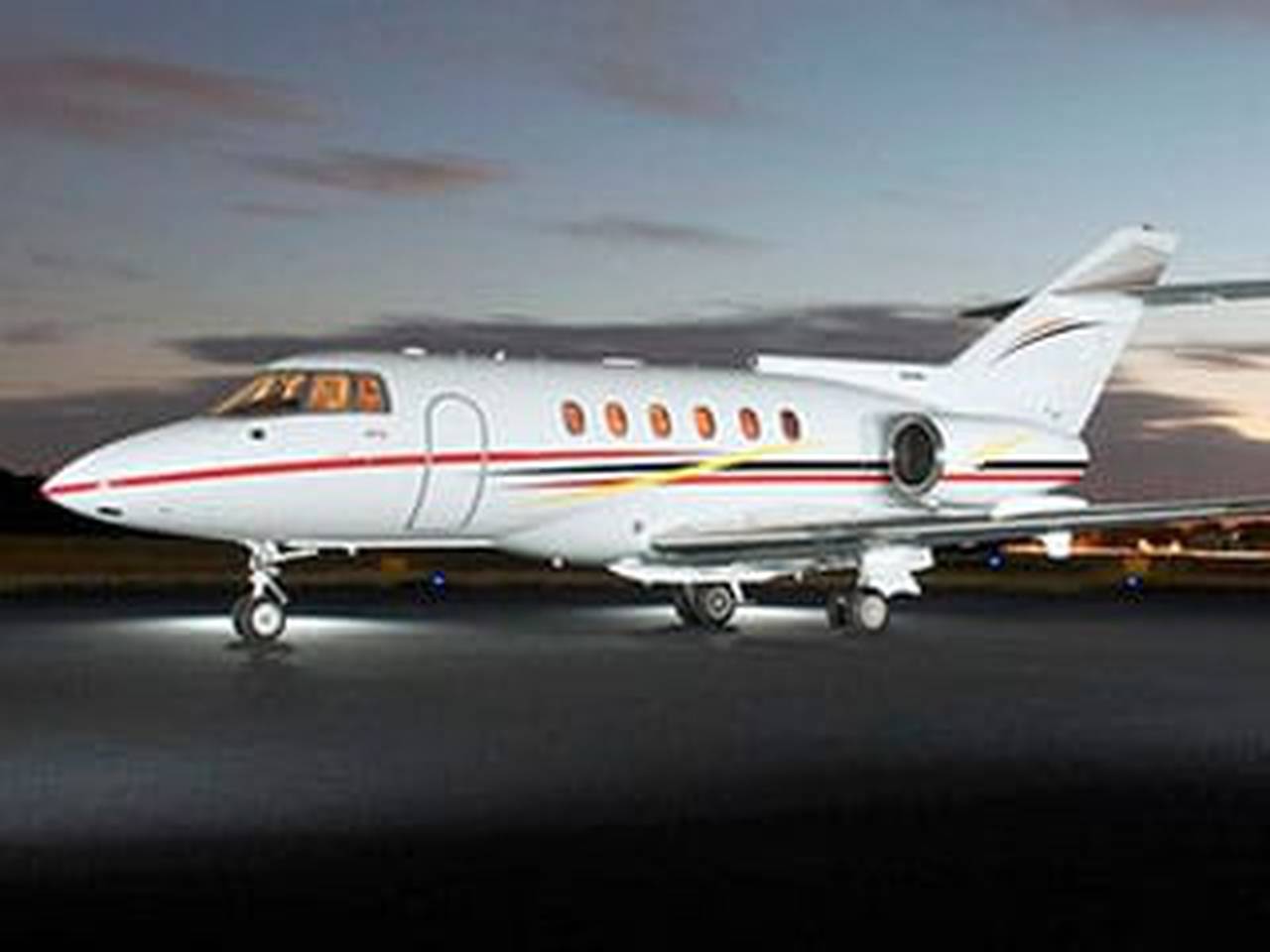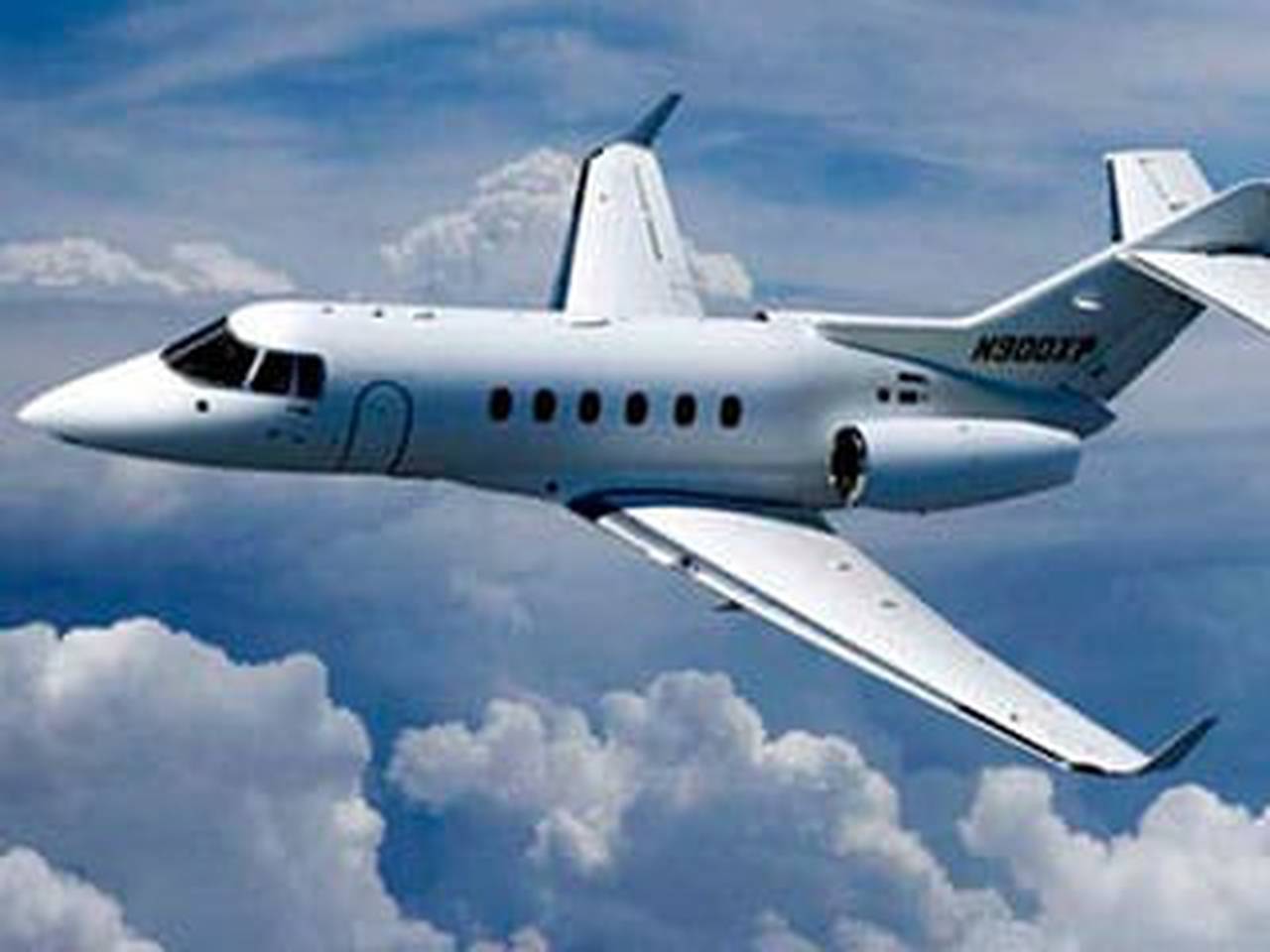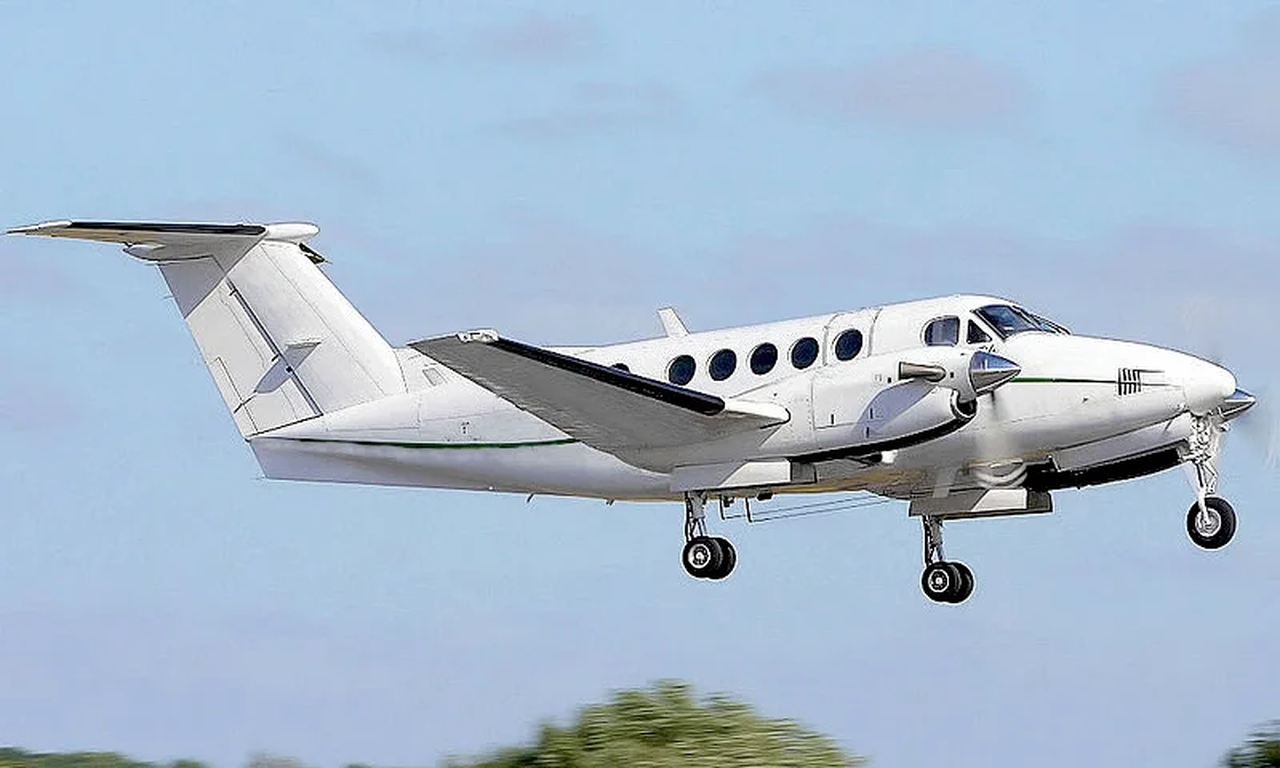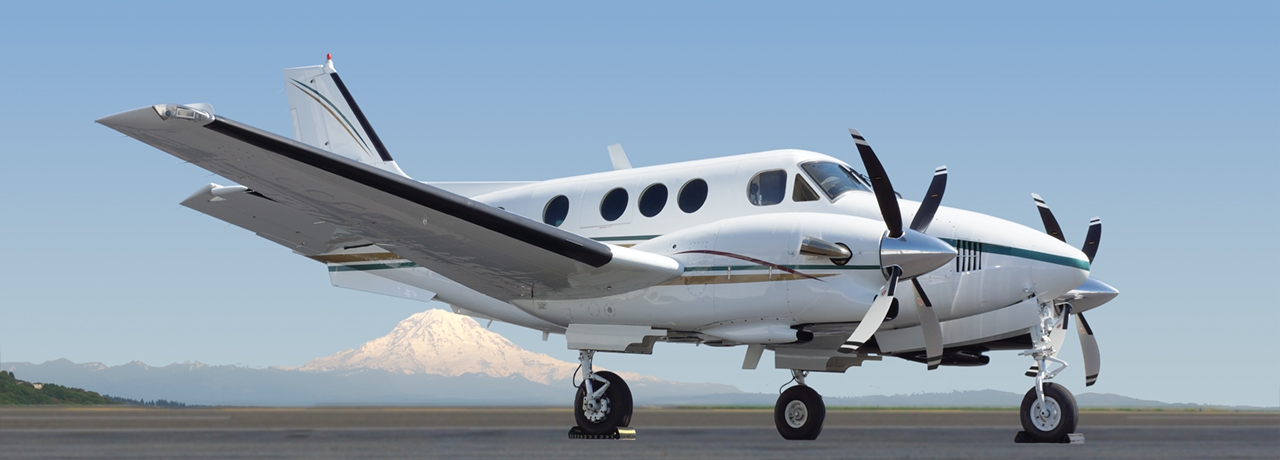Jet database Hawker Beechcraft

Hawker Beechcraft Corporation (HBC) was an American aerospace manufacturing company that built the Beechcraft and Hawker business jet lines of aircraft between 2006 and 2013. The company headquarters was in Wichita, Kansas, United States, with maintenance and manufacturing locations worldwide. The history of Hawker Beechcraft originated in 1994 when Raytheon merged its Beech Aircraft Corporation and Raytheon Corporate Jets units. In 2006, Raytheon sold the company to a consortium of Goldman Sachs and Onex Corporation. This deal left the company with a heavy burden of debt which it struggled to support from the economic crisis of 2008 onwards. In April 2012 it defaulted on interest payments and was in breach of banking covenants; this caused widespread speculation that it would enter bankruptcy. On May 3, 2012, the company entered bankruptcy, filing voluntary petitions under Chapter 11 in US Bankruptcy Court. The bankruptcy resulted in the company accepting an offer to be purchased by Superior Aviation Beijing. By October 18, 2012, the negotiations for the sale had failed and the company decided to cease jet production and exited bankruptcy on its own on February 19, 2013, under a new name, Beechcraft Corporation







